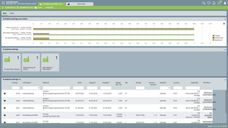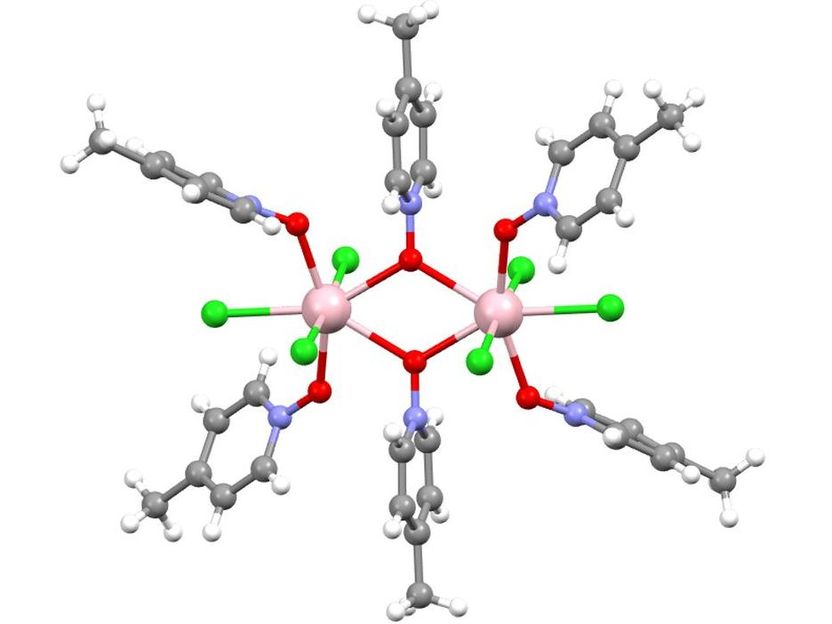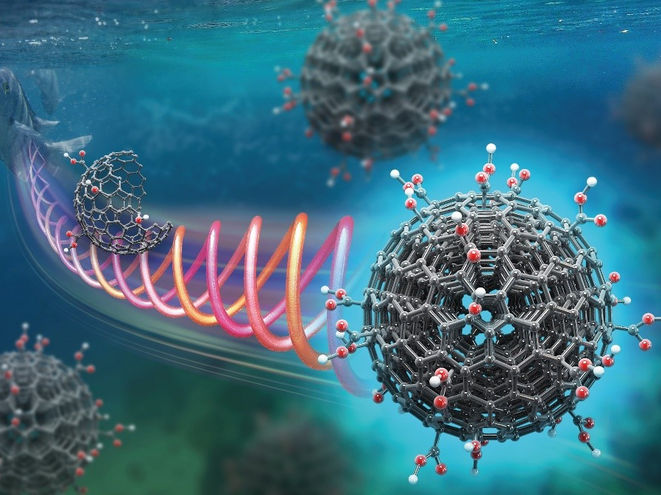Early Screening, Innovative Solutions to Underline Importance of ADME/Tox Technologies in Successful Drug Development
Considerable Time, Cost Savings to Accrue from Advanced ADME/Tox Technologies
Advertisement
Typically, new drug approval is a protracted, expensive and complex process. Approximately 90 per cent of clinical candidates fail during the development stage with the estimated costs due to poor absorption, distribution, metabolism, elimination (ADME) or toxicity properties itself pegged at nearly $50-$70 million.
Innovative solutions and early introduction of ADME/Tox technologies now offer the promise of reducing attrition rates during clinical development. Such advances are poised to help multinational pharmaceutical and biotechnology companies benefit from the 'fail early, fail cheaply' paradigm.
"The ADME/Tox technology market is highly competitive and profitable, however, the market also has tendencies to be unstable at times," says Frost & Sullivan Healthcare Analyst, Dr. Amarpreet Dhiman. "It is becoming increasingly clear that the ability to detect issues with pharmacokinetics before the drug moves into clinical testing will ultimately save considerable resources in time and money for pharmaceutical and biotechnology companies."
Previously, ADME/Tox tests were deployed in the later stages of drug development. However, with the number of drug targets as well as the volume of assay points performed in high-throughput screens expanding, it has become critical to rapidly and efficiently triage 'potential hits', having significant ADME and toxicity profiles.
To this end, the introduction of improved ADME/Tox screens as early as possible in the drug discovery process is gaining appeal. Already, innovative technologies and solutions are facilitating ADME/Tox optimisation earlier in the drug discovery pipeline.
This will help yield compounds with good target affinity, reasonable drug-like properties and ensure greater likelihood of acceptable ADME/Tox properties. Moreover, it is likely to accelerate the selection process, reduce the cost of preclinical and clinical studies and boost overall prospects of success.
Already, sophisticated informatics is being widely deployed to manage data for analysis and interpretation. Advanced software with the ability to distil compound leads with promising drug development potential, as well as predict biological properties, have been designed. Complete solutions that include tools are also poised to amplify their presence within the ADME/Tox tools market.
In-silico techniques- complex and accurate models for rationalising and predicting ADME properties- are allowing enhanced prediction of complex systems (for hepatoxicity and cardiotoxicity).
Such computational technologies and predictive solutions are likely to enhance the scope and speed at which drugs develop from a research to clinical stage. At the same time, however, in order for ADME/Tox studies to be truly beneficial, data generation needs to be of high quality, reliable and accurate.
"The key would be to develop tools that facilitate data consolidation and information sharing," advises Dr. Dhiman. "Standardised systems and solutions that integrate data from numerous tools and experiments need to be developed while manufacturers should develop opportunities to offer services in data management, training, tool maintenance and others, functioning as both a service providers and product developers."
As companies try to decrease costs by increasingly outsourcing drug development functions, failure rates become more controlled, in-silico technologies become more widely adopted and a better understanding of ADME/Tox and pharmacokinetic properties motivates the use of innovative solutions and early ADME/Tox screening, the European ADME/Tox technologies market will grow from its current size of $384.0 million to $776.0 million by 2011.
Currently, ADME/Tox services comprise the largest market segment in Europe for ADME/Tox technologies, accounting for nearly three-fourths of overall market revenues. It is followed by ADME/Tox tools (including systems & consumables) and in-silico ADME/Tox.
One key global trend is likely to be the rising uptake of in-vitro screening technologies (for screening toxic compounds). A stream of novel compounds moving through the clinical process is likely to support the rapid development of assays for ADME/Tox properties, creating, in turn, significant long-term market growth opportunity for in-vitro screening technologies.
If you are interested in a research overview, which provides manufacturers, end-users and other industry participants with a synopsis of the latest analysis of the Strategic Analysis of the ADME/Tox Technologies Markets in Europe (B512-55) - then send an e-mail to Katja Feick, Corporate Communications using the Contact button below.





























































